.jpg)
Howdy there, pardner! This is Platform Weekly, your ride into the gentle and warm sunset of the platform engineering plains. Every week, we dive into the what’s what of the platform engineering world.
The wild west of platform engineering is ending

We now know what an Internal Developer Platform should look like. And the best way to start one. Are we safe from the tech hype curse?
Anyone who has worked in tech for awhile knows that with any new hype train be it DevOps, GitOps or even my beloved platform engineering, there comes a total chaos of descriptions, definitions, guidelines, best practices and ideas of what this whole thing is actually about.
Take DevOps. The term was coined in 2009 and yet you’ll still find a half dozen competing ideas of what DevOps actually is online. Platform engineering has faced similar challenges (there is a reason my IDP vs IDP webinar resonated so much).
However, unlike those that came before, Platform Engineering seems to be hitting its stride much faster when it comes to standardization and best practices. There is still a long way to go of course (esp considering people still think Platform = Service catalog), but we’ve made some awesome progress this year.
In the last 2 months, I’ve talked to hundreds of people at KubeCon, Google Cloud Next and beyond, not to mention the hundreds of PlatformCon submissions I’ve read. There are a few things that are clearly consistent.
Most people's idea of an Internal Developer Platform looks like this.

(Note that this is one for AWS. Azure, GCP, Openshift, multi or hybrid setups etc will look slightly different but maintain the same core concept)
We can also confidently say what the best practice is for actually building an IDP. And if you’re a long time reader of this newsletter you’ll know what that is, a Minimum Viable Platform (MVP).
MVPs so far seem to be the best way for most enterprises to get started with platforming and have an effective path forward towards a full IDP. It avoids the risk of prolonged and expensive platform engineering initiatives, and lets you build a platform from the ground up where you can be confident it is solving real pain AND will actually be adopted.
So if we already know what a platform should look like, and how to get started doing it, what is left? To actually get started. So, let’s do it, and let’s do it right.
That way we can avoid a viral “Platform Engineering is dead” moment in 10 years time😉
Quick bites

Articles of the week:
From the community:



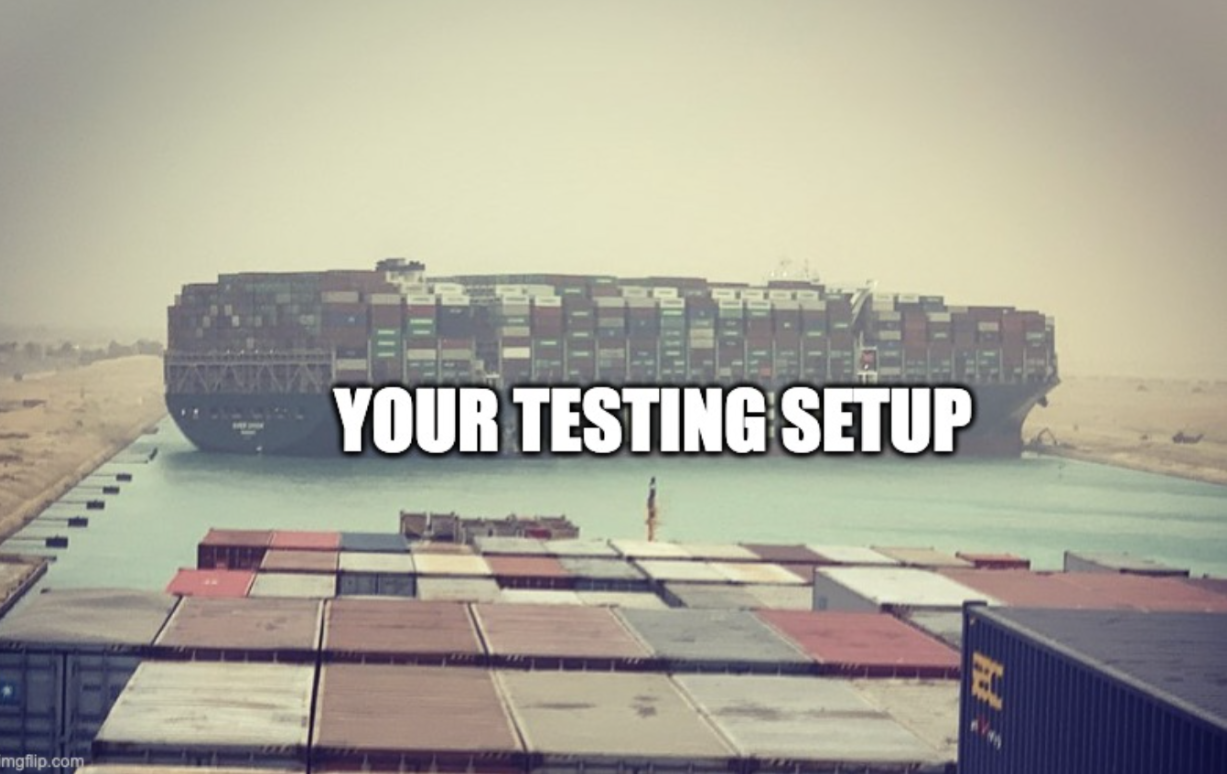



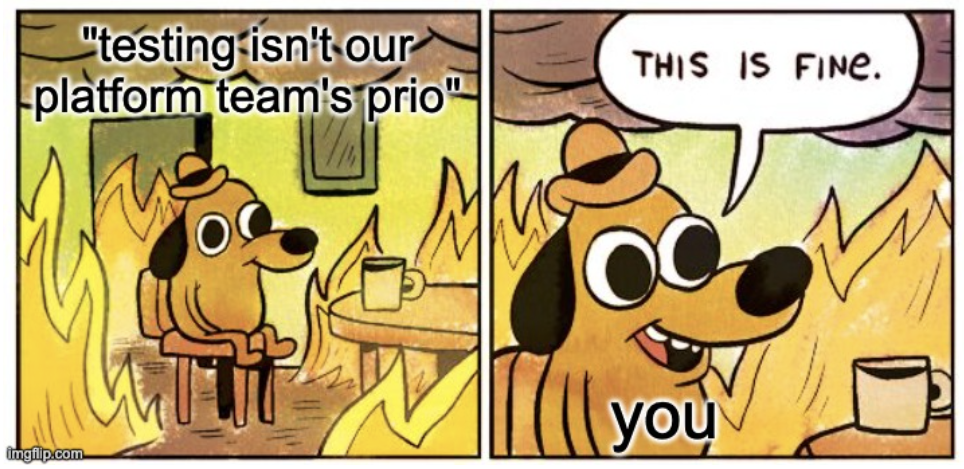
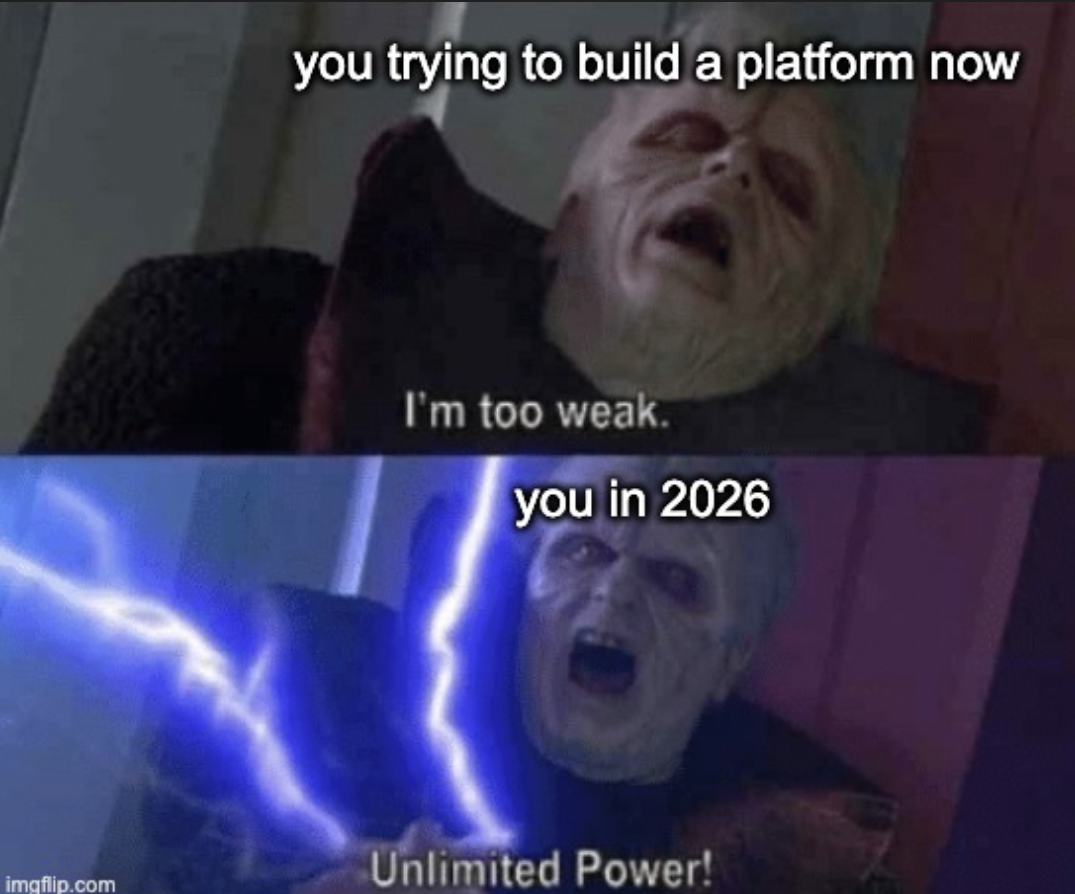






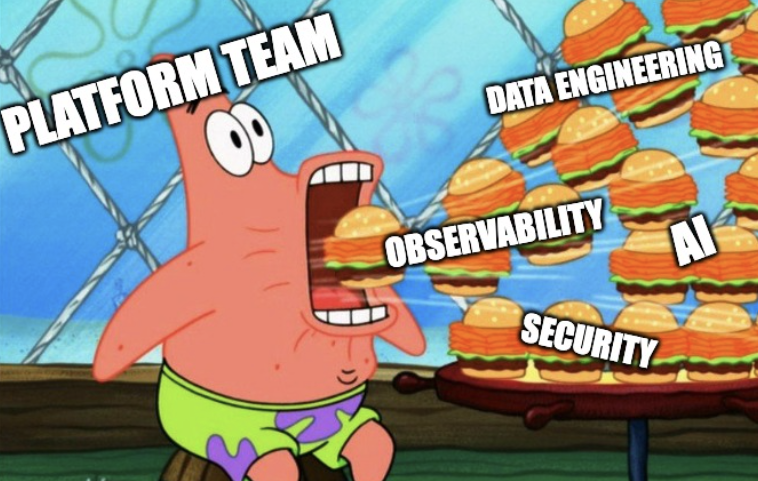





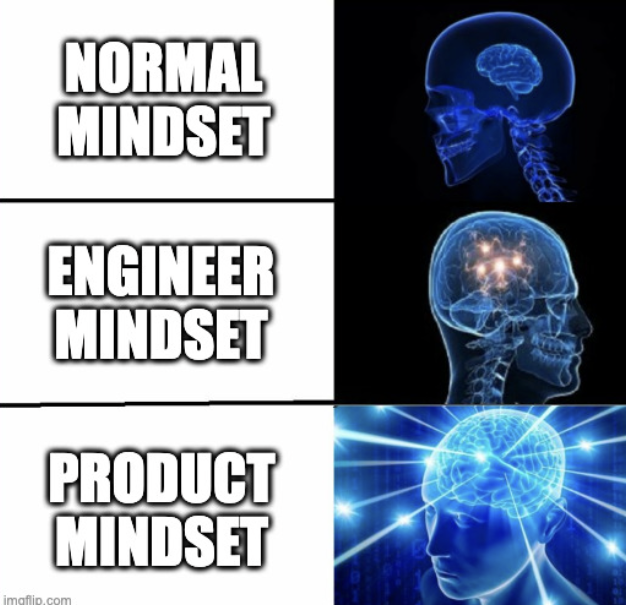



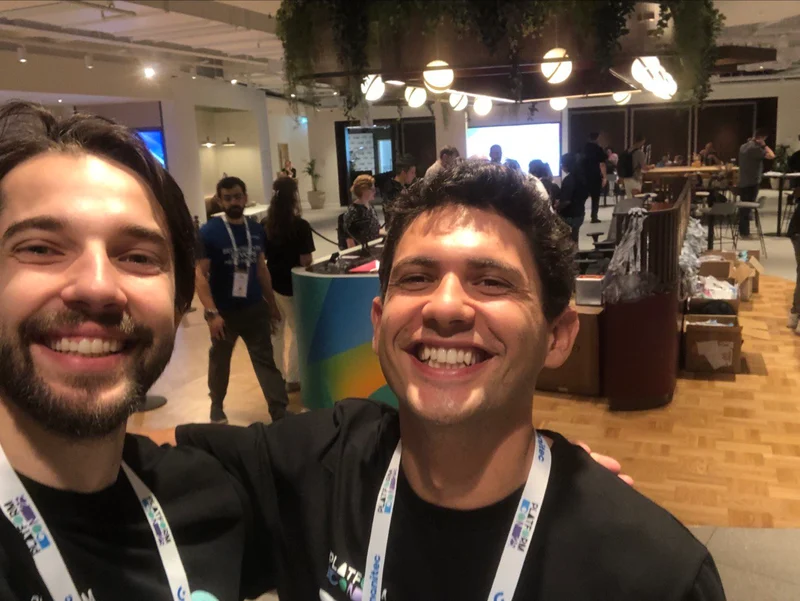

.webp)
.webp)




.webp)
.webp)

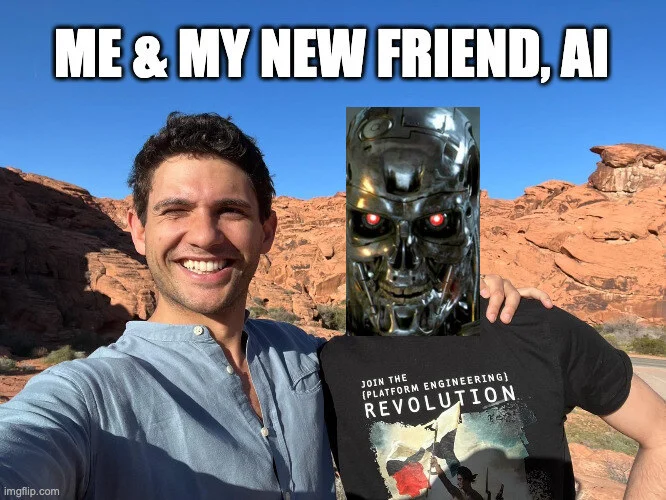
.webp)
.webp)
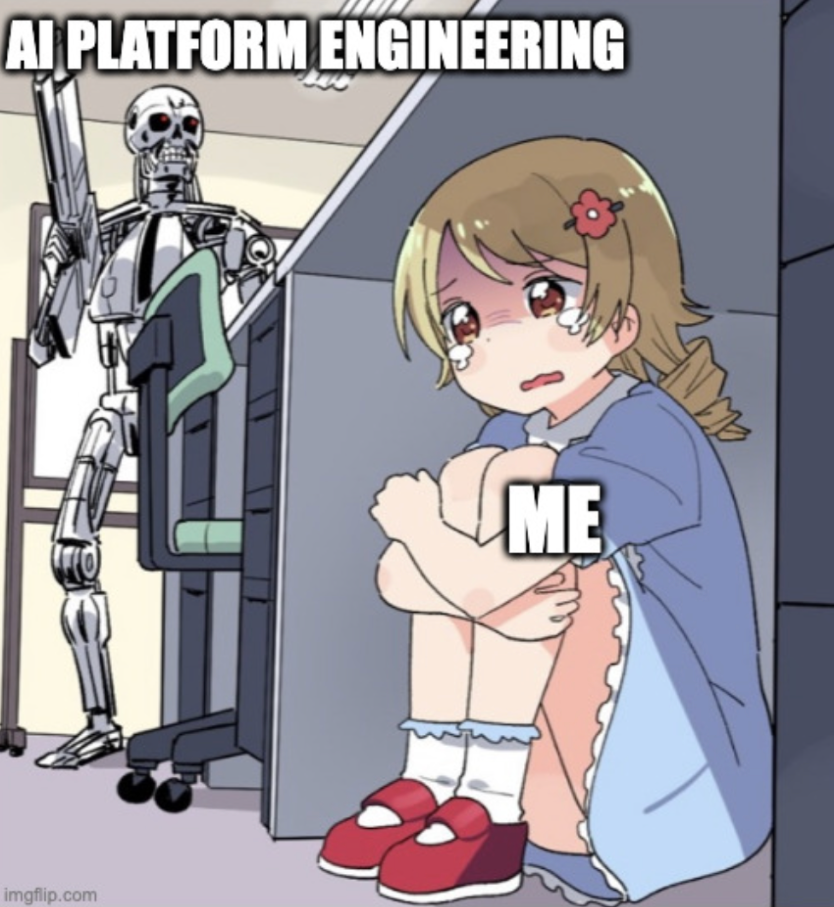
.webp)


-1.webp)














.jpg)
.jpg)
.jpg)
.jpg)
.png)
.jpg)
.png)
.jpg)
.jpg)
.jpg)


.jpg)
.jpg)
.jpg)
.jpg)
.jpg)
.png)
.jpg)
.jpg)
.jpg)
.jpg)
.jpg)
.jpg)
.png)
.jpg)
.jpg)
.jpg)
.jpg)
.jpg)













